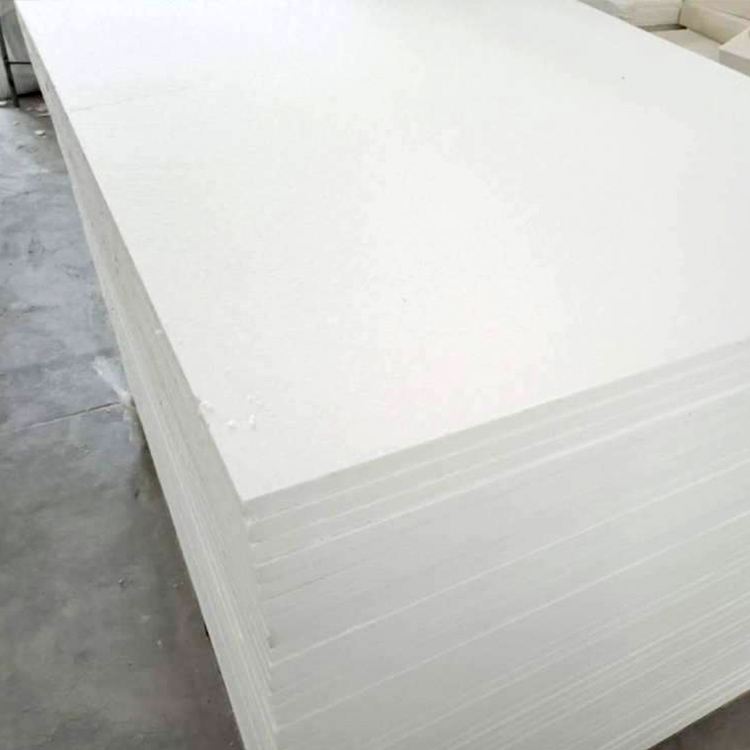
In the high - temperature firing process of ceramic products, defects such as warping and cracking often occur due to uneven heating of the pallet, which seriously affects the yield and quality of the finished products. For instance, in some ceramic factories, the defective rate caused by uneven heating can reach up to 20%. This article delves into how the thermal conductivity characteristics of composite corundum - mullite pallets affect the uniform heating of ceramic parts.

Composite corundum - mullite pallets have excellent thermal conductivity properties. Their unique chemical composition and crystal structure enable them to transfer heat more efficiently compared to traditional pallets. For example, the thermal conductivity of composite corundum - mullite pallets can be 30% higher than that of common clay pallets, which is crucial for ensuring the uniform heating of ceramic products during high - temperature firing.
The geometric parameters of pallets, such as groove layout and thickness variation, play a vital role in regulating the heat transfer path. By optimizing these parameters, the temperature field uniformity can be significantly improved. For example, through reasonable groove distribution, the heat transfer rate can be increased by 20%, reducing the temperature difference between different parts of the ceramic product from 50°C to less than 20°C.
"Based on our years of experience in the field, the optimization of pallet structure can directly lead to a substantial reduction in the deformation rate of ceramic products," said a front - line technician.
Different ceramic categories, such as mosaics, sanitary ware, and roofing tiles, have different requirements for pallets under various working conditions. For mosaics, which are small in size and require high precision, pallets with a more delicate groove layout and thinner thickness can be used to ensure uniform heating. In the case of sanitary ware, pallets with larger size and stronger load - bearing capacity are needed, and the thickness and groove design should be adjusted accordingly. Roofing tiles, due to their large area, require pallets with a more uniform heat distribution to prevent warping.

Through on - site debugging techniques such as infrared temperature measurement and sample deformation comparison analysis, the effectiveness of the improved pallets can be verified. In a real - world ceramic factory, after using the optimized composite corundum - mullite pallets, the deformation rate of ceramic products decreased from 15% to 5%, and the product yield increased from 80% to 95%.
In conclusion, composite corundum - mullite pallets, with their excellent thermal conductivity and optimized structural design, can effectively solve the problem of ceramic product deformation during high - temperature firing. By adjusting the geometric parameters of the pallets and applying appropriate installation methods, ceramic enterprises can significantly improve the firing stability and product yield. If you want to enhance the consistency of your ceramic firing process and boost your product quality, click here to learn more about our composite corundum - mullite pallets.

